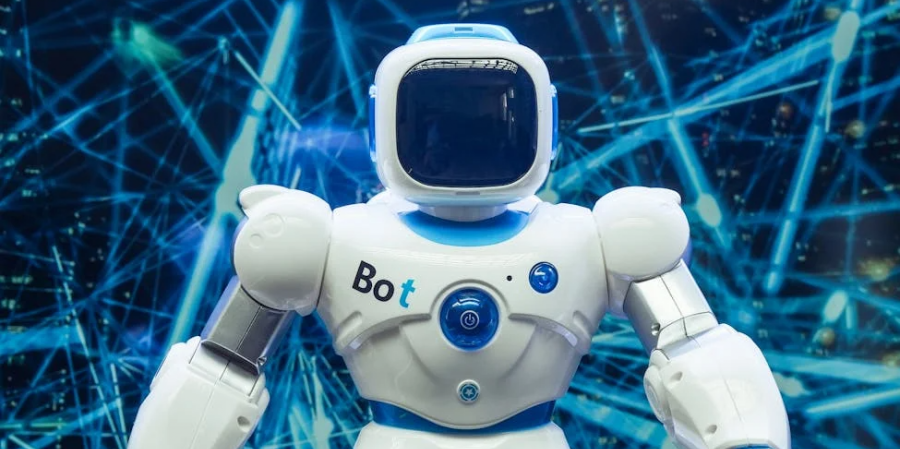

The influence of technology on human life is undeniable — and the field of education is no exception. Among the many transformative innovations, Artificial Intelligence (AI) is at the forefront of reshaping how we learn, teach, assess, and grow. From personalized learning apps to AI tutors, we are witnessing the beginning of a major shift in the education ecosystem.
But what will future classrooms look like in a world powered by AI? Will teachers be replaced by robots, or will AI simply enhance human teaching? Let’s explore.
AI is already being integrated into education through platforms like Byju’s, Khan Academy, Duolingo, and Coursera. These platforms use AI to personalize lessons based on a learner’s pace, preferences, and progress. It’s no longer a one-size-fits-all model.
Key applications of AI in education today:
Adaptive learning systems: AI tailors content for each learner.
Automated grading: Saves teachers time and gives instant feedback.
Chatbot tutors: Available 24/7 to answer student questions.
Predictive analytics: Helps identify at-risk students early.
Smart Classrooms: Equipped with interactive screens, sensors, and AI assistants to support real-time engagement and feedback.
AI-Powered Teachers: Not to replace educators but to assist them — helping with lesson planning, grading, and identifying individual student needs.
Personalized Learning Paths: Every student could have a “digital mentor” that guides them based on their strengths and weaknesses.
Virtual Reality (VR) Integration: Imagine learning history by virtually walking through ancient Rome, or studying biology inside a 3D model of the human body.
Real-Time Language Translation: Breaking barriers in multilingual classrooms by allowing students from different backgrounds to learn together.
Accessibility: AI enables remote learning for students in rural or underserved areas.
Inclusion: Students with disabilities benefit from voice recognition, text-to-speech, and visual aids.
Engagement: Gamified and interactive lessons make learning more fun and effective.
Efficiency: Teachers can focus more on teaching and mentoring, as AI handles repetitive tasks.
Despite its promise, AI in education raises some concerns:
Data Privacy: Student data must be protected with strict regulations.
Digital Divide: Not all students have equal access to technology.
Dependence on Tech: Over-reliance may reduce critical thinking and interpersonal skills.
Bias in Algorithms: AI must be trained on diverse data to avoid bias and unfair treatment.
AI has the potential to revolutionize education, making it more personalized, inclusive, and efficient. However, it is not a replacement for teachers, but a powerful tool to assist them. The future of education lies in a balanced partnership between humans and machines — where creativity, empathy, and ethics guide how we use technology to shape young minds.
As we step into this new era of smart learning, one thing is certain: AI will not just change the classroom — it will redefine it.
